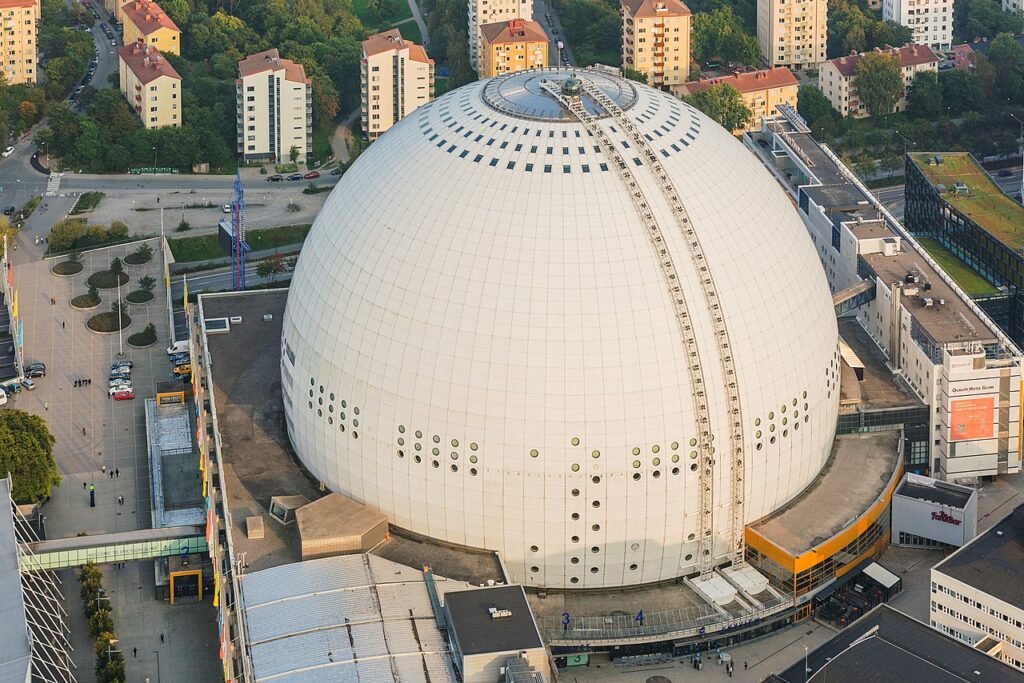Many people interested in astronomy have probably heard the statement that the cosmos mainly consists of emptiness. And it really is. Despite the apparently huge sizes of stars and planets, the distances between them are many orders of magnitude greater.

Different methods are used to illustrate this fact. For example, models of the Solar System created in compliance with the scale. The most famous such example is in Sweden. The role of the Sun here is played by the 85-meter Avicii Arena. The same Pluto in this model is a 12-centimeter sphere located at a distance of 300 km from the building.
To try to imagine the scale of the Solar System, it is not necessary to go to Sweden. A cloudless sky and the Moon are enough for this. By cosmic standards, it is actually in the backyard of our planet, which is confirmed by the number of spacecraft sent to it, and by the fact that it is the only celestial body visited by humans. But, despite this “proximity”, all the planets of the Solar System can be safely placed in the gap between the Earth and the Moon — and we will even have free space. In order to make sure of this, just look at the numbers.

So, the distance between the Moon and the Earth is not constant. At perigee it approaches our planet by 363,300 km, at apogee it moves away by 405,400 km. Therefore, for convenience, the average distance is usually used. This figure is 384,400 km.
Now imagine that we take the seven remaining planets of the Solar System and put them in a row so that they touch the equators (we will also have to “shift” the rings of Saturn so that they do not intersect with their neighbors). Now let’s measure the length of this row using data on the equatorial diameter of the planets from the NASA website.
- Mercury — 4,879 km
- Venus — 12 104 km
- Mars — 6,779 km
- Jupiter — 139,822 km
- Saturn — 116,464 km
- Uranus — 50,724 km3
- Neptune — 49,244 km
If we sum up these figures, we get 380,016 km. Thus, even taking into account the errors in determining the size of planets (which is especially true for gas giants without a solid surface), it is really possible to place absolutely all the planets of the Solar System in the gap between the Earth and the Moon. Moreover, we will even have a small “reserve”. For example, Ceres (the largest object of the Main Asteroid Belt) and Pluto (the largest object of the Kuiper Belt) can also be placed in it. Their equatorial diameters are 952 and 2302 km, respectively.
Of course, this is an absolutely speculative experiment. But still, it is great for illustrating cosmic scales and representing how much the distances between planets are greater than their sizes.
Follow us on Twitter to get the most interesting space news in time
https://twitter.com/ust_magazine

